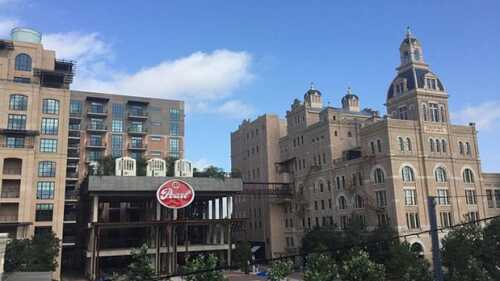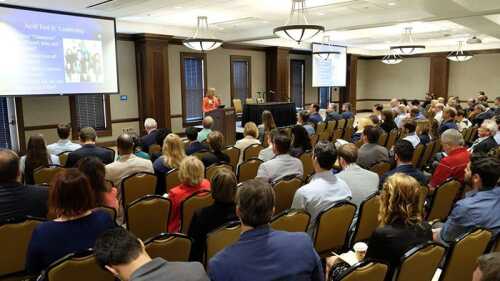<b>Equitable Development</b>
The increased emphasis being placed by cities—small as well as large—on embedding resilience into their land use and development policies was the topic of the 2017 Resilient Cities Summit cohosted in Stowe, Vermont, by ULI, the National League of Cities, and the U.S. Green Building Council. Attendees said resilient approaches to infrastructure and development provide long-term economic benefits for cities by safeguarding their real estate assets and tax base, supporting business continuity after adverse events, and protecting residents.
For more than a decade, the brick “two-flat” on the 900 block of North Drake Avenue on Chicago’s West Side had been vacant. But by the time the school year begins this fall, the West Humboldt Park home will have a new occupant. A major reason for this property’s happy ending is the involvement of a land bank that acquired the building and wiped out its back taxes and encumbrances, making it easier for someone to purchase the property and improve it.
With portable electronic devices allowing people to work from anywhere and at any time, the lines dividing office, hospitality, and home design are blurring.
Once among San Antonio’s largest employers, the Pearl Brewery closed in 2001, and the surrounding area had been neglected as development focused on the suburbs. A local firm took a chance on converting the property into a mixed-use destination.
Alternative, or nonbank, lenders are filling in gaps in the mortgage world where they find them, whether it be the result of increasing capital requirements for banks, consolidation in the banking sector, or a pullback by commercial mortgage–backed securities lenders. Last year alone, the five largest players in the sector collectively funded some $20 billion of interim loans. Plus, interest rate survey data from Trepp.
JLL’s latest report analyzes markets with a high concentration of in-demand, affordable tech talent and available real estate, much of which is located near research universities that can be tapped for new employees.
As Nashville prepares to turn its vision for a $6 billion regional transit plan into reality, the public and private sectors are exploring how transit can address other economic issues. ULI Nasvhille hosted a panel discussion on the opportunity for developers.
Built in 1949, the Cameron Village shopping center of Raleigh, North Carolina, was one of the first in the Southeast. Decades later, Cameron Village is still thriving, with several new mixed-use developments adding increased density and energy.
Eric Blumenfeld, a prominent homegrown Philadelphia developer, more than a decade ago began rehabbing buildings in the city’s North Broad Street corridor and inviting big-name restaurateurs to use the space. Now, with the reopening of the long-vacant Divine Lorraine as apartment/restaurant space, a beloved architectural icon, Blumenfeld, owner of EB Realty Management, believes his vision is finally coming together.
Decades ago, who would have thought that the graffiti-covered walls of deteriorated industrial buildings would catalyze the regeneration of an entire urban community? A panel at ULI Washington’s recent Trends Conference explored strategies for strengthening communities’ identity and economic vitality with arts programming and local institutions.








